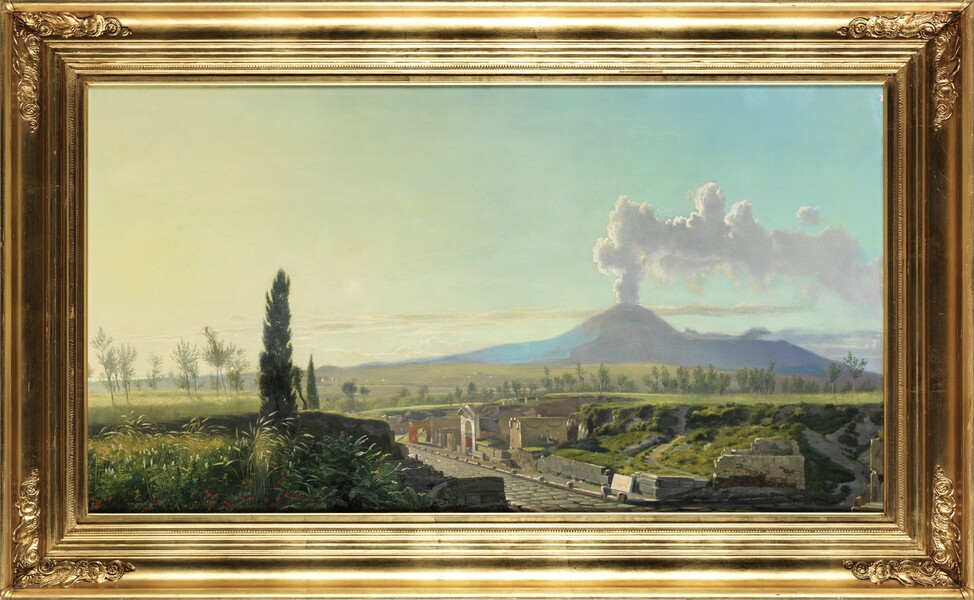Anonymous 19th century Anglo-Chinese painter
"A Chinese junk"
1.850 €
"A Chinese junk"
1.850 €
Anonymous 19th century French painter
"A couple visiting a grotto"
4.500 €
"A couple visiting a grotto"
4.500 €
Anonymous middle 19th century Austrian painter
"The arrival of Sissi in Vienna"
5.400 €
"The arrival of Sissi in Vienna"
5.400 €

Niels Fristup
"View from Pompei and the Vesuvius"
4.500 €
"View from Pompei and the Vesuvius"
4.500 €
Sydney Herbert
"A queen from Antiquity, most probably Queen Semiramis from Babylon "
8.800 €
"A queen from Antiquity, most probably Queen Semiramis from Babylon "
8.800 €
Addisson Thomas Millar
"A view of the Bazaar in Algiers"
13.000 €
"A view of the Bazaar in Algiers"
13.000 €
